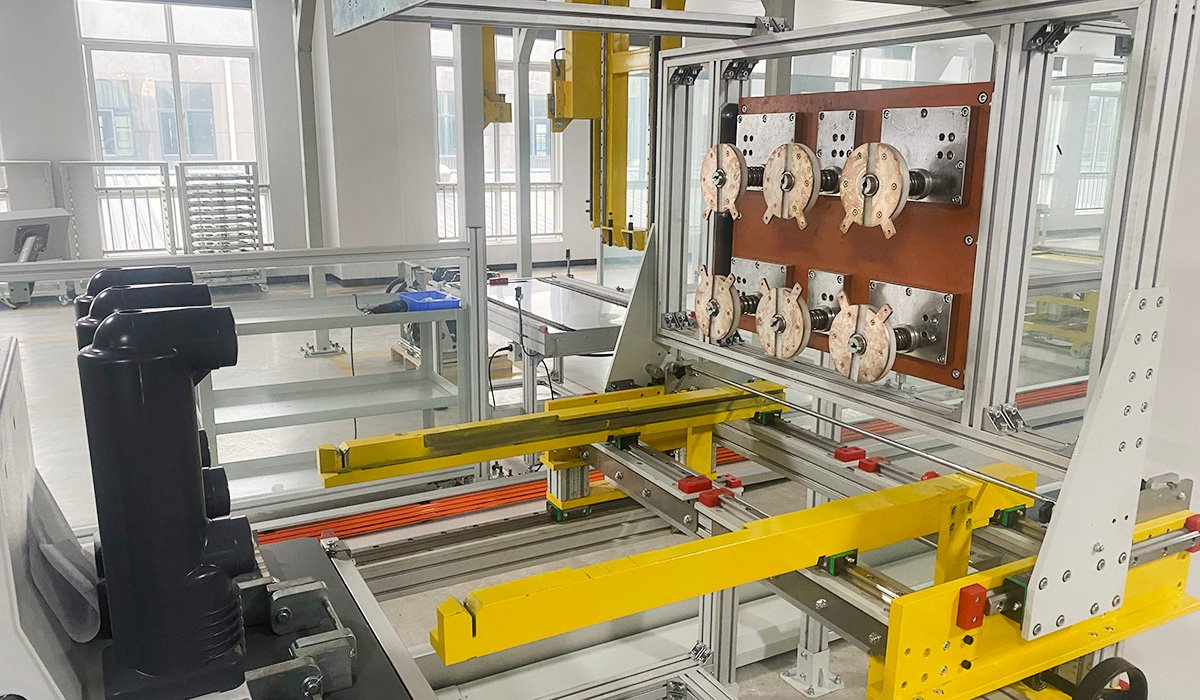Vacuum Circuit Breaker Test Automatic Docking Mechanism

An innovative system designed to streamline the testing process of vacuum circuit breakers (VCBs), ensuring their reliability and safety in electrical distribution networks. This mechanism automates the connection and disconnection of VCBs to testing equipment, reducing human intervention and the potential for error.
The primary function of the Automatic Docking Mechanism is to facilitate efficient and precise testing of VCBs under various conditions. It allows for a seamless transition between different testing stages, including electrical, mechanical, and vacuum integrity tests. The mechanism ensures that the VCB is securely and correctly connected to the testing apparatus, providing accurate and consistent test results.
Testing projects that benefit from this mechanism include:
- Vacuum Integrity Test: Verifying the vacuum level within the vacuum interrupter to ensure it meets the required specifications and can effectively extinguish electrical arcs.
- Contact Resistance Test: Measuring the resistance between the contacts of the VCB to confirm that they provide a reliable electrical connection.
- Mechanical Life Test: Simulating the opening and closing operations over a set number of cycles to evaluate the mechanical durability and longevity of the VCB.
- Dielectric Withstand Test: Assessing the VCB’s ability to withstand high voltage without electrical breakdown, ensuring the insulation is effective.
- Arcing Performance Test: Evaluating the VCB’s performance during the interruption of fault currents, including the arcing time and the quality of the arc extinction.
By automating the testing process, the Vacuum Circuit Breaker Test Automatic Docking Mechanism not only enhances the accuracy and repeatability of tests but also improves the overall efficiency of the quality control process. This leads to faster production cycles and the ability to quickly identify and rectify any potential issues with VCBs before they are deployed in the field. The result is a more reliable and safer electrical infrastructure.
